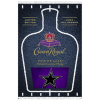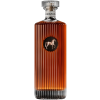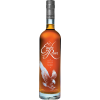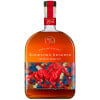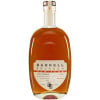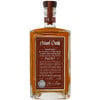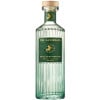Enter your ZIP code for pricing and local availability.


STORY OF REDBREAST
Redbreast whiskey takes its name from the small ‘Robin Redbreast’ bird, with the inspiration originating in 1903 with the then chairman of Gilbeys Wines & Spirits Import Company, who was an avid bird fancier.
The custom of that era was for distilleries to sell all their whiskey to ‘bonders,’ like Gilbeys, who were in the business of importing fortified wines such as sherry and port. With ample supplies of empty casks in which to mature new make whiskeys, the wine merchants would produce these whiskeys under bond, hence the term whiskey bonder. These were then marketed under the spirit merchants own name, e.g. Redbreast.
Of the many brands produced and marketed in this fashion, Redbreast was one of the very few bonder brands that endured, owing to an honest reputation and a loyal following.
-
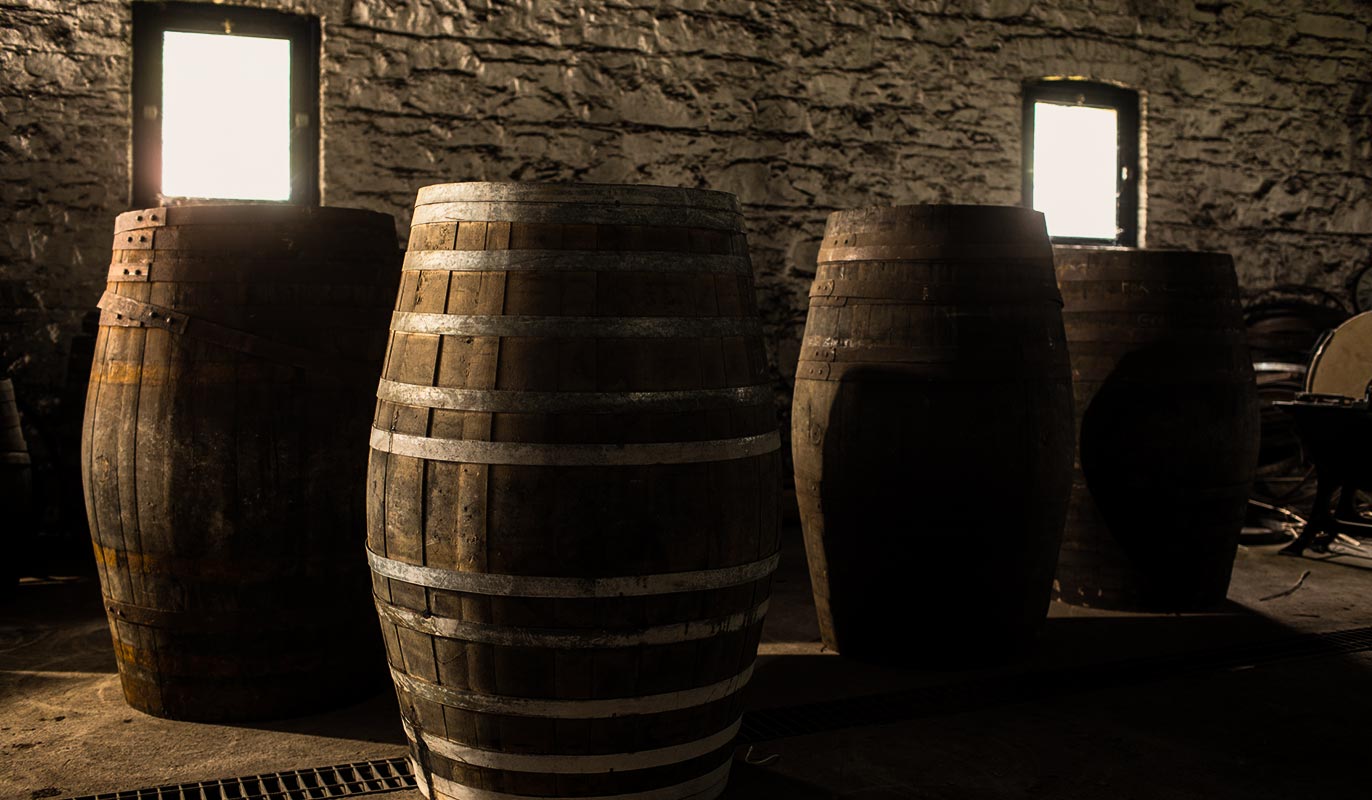
Distillery Bulk Sales
Jameson, like all distilleries, had two routes to market, they could sell via whiskey bottled in house under distillery supervision, or they could sell in bulk by the barrel to Spirit Bonders and Publicans who would then bottle the whiskey on their own premises using labels supplied by the distillery. In certain cases Wine Merchants such as the firm Gilbey, choose to mature the whiskey themselves in empty sherry or wine barrels, giving a distinctive flavour profile to the whiskey. These were then marketed under the Spirit Merchants own name e.g Redbreast.
-

Gilbeys and Jameson
The Wine and Spirt Merchants Gilbeys was founded in London in 1857. In the 1860’s it expanded to have offices in several cities including Dublin, and by the 1880’s it was trading with the firm John Jameson & Son, who distilled at Bow Street in Dublin.
By 1887 W & A Gilbey were marketing John Jameson & Son’s ‘sole make’ pure and unblended Irish whiskey under the trade name ‘Castle Grand Whiskey’. This would have been a Pure Pot Still whiskey, probably around 7 years old. At the turn of the century, the company held a stock of over 700,000 gallons of John Jameson & Son’s whiskey which was “especially reserved for their celebrated brands”. The casks filled by Jameson were supplied directly by Gilbey’s who, as importers of sherry, had access to an ample supply of casks. Once filled, the casks were stored in Gilbey’s cavernous vaults in their Harcourt Street bonded warehouse.
In 1903, Gilbey’s whiskey brands included Castle Grand JJ Six Years Old and Castle Liqueur JJ Ten Years Old (JJ standing for John Jameson), both bearing the signature of John Jameson & Son. The following year, John Jameson & Son’s Castle “JJ Liqueur” Whiskey 12 Years Old, was being marketed at 4 shillings and 6 pence in a bottle, similar in shape, and bearing the red and white label seen on Redbreast bottlings up until the 1960s. Gilbey’s sold whiskey under the ‘Castle’ brand until at least the late 1930s.
Emergence of Redbreast
The first official reference to the brand name 'Redbreast' appears in August 1912, when Gilbeys were selling "Redbreast" J.J. Liqueur Whiskey 12 Years Old, described as one of their "famous" brands. The fact that Redbreast was already a famous brand suggests that this may have been the nickname for Gilbey's Castle "JJ Liqueur" Whiskey 12 Years Old. The name 'Redbreast' itself refers to the bird, Robin Redbreast, and is attributed to the then Chairman of Gilbey's, who was an avid bird-fancier.
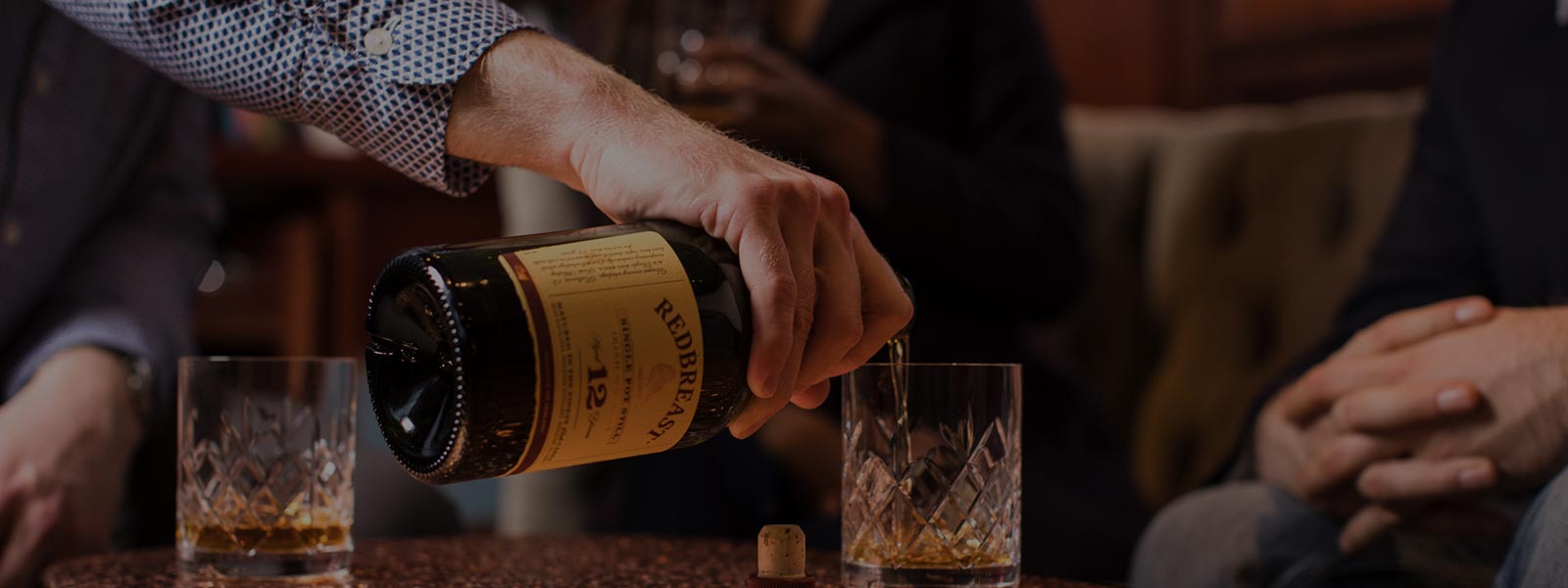
-
1960
In the Mid 1960s
Redbreast was being bottled annually in batches of approximately 4,000 gallons (18,000 litres) to satisfy a steady demand for the brand. Minor changes to the bottle occurred throughout the 1960s including, from 1964, an age statement appeared on the foil cap seal. The familiar Redbreast white label with red writing remained largely unchanged until at least 1972.
-
1970
In 1970,
Irish Distillers Ltd. (IDL) decided to phase out the sales of bulk whiskey ‘by the cask’ to the wholesalers and retailers (bonders) who bottled it themselves. Increasing export demand, and plans to increase its portfolio of brands, necessitated the retention of as much mature whiskey as possible. Gilbeys however, managed to persuade IDL to continue supplying them pure pot still whiskey for Redbreast until the closure of Bow Street Distillery in the summer of 1971.
-
1980
Over the life of the brand,
the label has gone through various iterations. By 1978, the label had changed to a pale matt brown colour with a large stylised No.12 in white overprinted on which was the Redbreast name. In late 1980 the glossy label was ochre in colour with a smaller 12 in the background. Throughout the years however, other than the brand’s ill-fated dalliance with a blended version, the distinctive dumpy, rum bottle shape has been a constant.
-
1985
The last bottling,
of Redbreast under the Gilbey's banner occurred in 1985. In 1986 Gilbey's, who had long since stopped maturing Redbreast in their vaults in Harcourt Street, entered into an agreement to sell the brand name to Irish Distillers.
-
1990
In December 1991,
Redbreast was re-introduced by Irish Distillers Limited, after an absence of almost 10 years. The veritable pot still whiskey was given a thorough makeover and benefitted from Irish Distiller's revamped wood programme. The flawless pot still distillate from Midleton Distillery was now maturing in only the finest sherry and bourbon casks. Whiskey writer Michael Jackson said "IDL relaunched Redbreast as a 12 year old. This is traditional Irish pot-still at its richest: well matured and with a generous slug of sherry. For some lovers of this style, Redbreast approaches perfection."
-
1998
In 1998
As a gesture to a local distributor of long-standing, Edward Dillon & Co, Irish Distillers supplied an exclusive bottling of a Redbreast pot-still and grain whiskey blend. Suffice it to say that the experiment didn’t quite work out. Let’s just leave it at that.
-
2005
In 2005
the seminal Redbreast 15 is released. This bottling was produced for long-time champion and French distributor of Redbreast, La Maison du Whiskey, Paris, as part of their 50th Anniversary celebrations. The whiskey, which is comprised of a slightly different formulation to the venerable 12 year old, was bottled at 46% abv (alcohol by volume) and was non chill filtered. The whiskey is an instant hit and in the following year, was chosen by Jim Murray as the Whisky Bible 'Irish Whiskey of the Year'.
